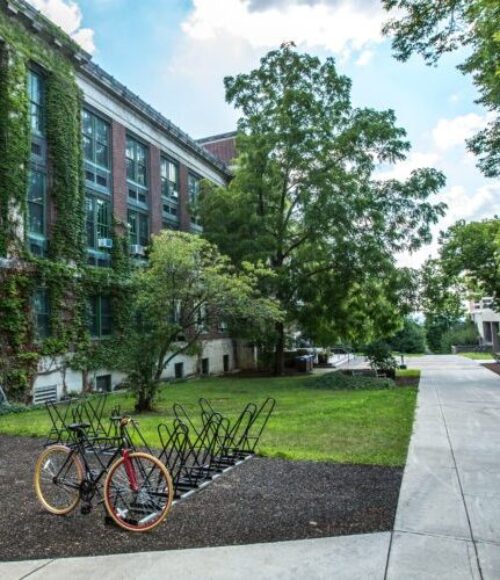Higher Education Summer Sessions: Past, Present, and Future

Higher Education Summer Sessions: Past, Present, and Future
Summer isn’t what it used to be for higher education institutions and their students.
Gone are the days when there was a clear divide between the academic year and summer. Today, colleges and universities everywhere increasingly embrace the concept of a holistic year, and summer sessions are an essential component of their offerings.
This changing landscape presents significant opportunities for schools to increase revenue, grow enrollments, and boost persistence and graduation rates.
A Brief History of Summer Programming
The history of summer programming at higher education institutions can be broken down into three distinct eras.
Opportunistic Era
In the late 20th century, schools’ summer programming efforts were primarily driven by the question, “What can we do with all these available facilities?” Standard offerings that arose during this era include:
- Camps. Camps ranging in focus from engineering to sports have always been a great way for colleges to build their brand, serve their community, and provide fun and academic opportunities for young people.
- First-year and bridge programs. Standard two-day pre-college orientations aren’t sufficient for all students. Bridge programs have historically been used to prepare vulnerable populations for success. Forward-thinking schools could benefit from applying these programs to entire incoming freshman classes.
- Study abroad programs. A long-time staple of colleges’ offerings, study abroad programs are excellent opportunities for students to have valuable global experiences.
Revenue Generating and Marketing Enhancement Era
By the early 2000s, schools began prioritizing programs that would generate revenue and provide students with a positive experience. Standard offerings that arose during this era include:
- Pre-college. As higher education enrollment rates continue to drop due to the impending demographic cliff, pre-college is key to maintaining enrollment. The objective is to get potential students on campus to “try before they buy” and, hopefully, establish an emotional connection with the school.
- College credit programs. College credit programs—the primary revenue source for many schools—could be leveraged more strategically to increase persistence and graduation rates. For example, students may benefit significantly from the opportunity to take full-credit classes during the summer. The catch is that they’ll need the chance to use their financial aid more flexibly as well.
- Intensive English programs. Similar to bridge programs, intensive English programs are great entry points for international students who want to pursue full degrees at American universities. The most successful programs cover not only intensive English but also teach content matter.
Fifth Quarter or Third Semester Era
In the past decade, higher education institutions have gradually shifted their perspectives to view the academic year more holistically. Standard offerings that arose during this latest era expand beyond the summer to include:
- Winter sessions. Many schools have periods of up to six weeks between semesters, providing an excellent opportunity to offer 1-3 credit classes in intensive settings.
- Professional education. Colleges that offer classes year-round can appeal to adult professionals pursuing ongoing education who may have more time during the slow summer months due to the seasonality of their businesses.
The Future of Summer Session Programming: What’s Coming Next
Looking forward, there is a real potential for higher education summer sessions and related initiatives to continue evolving in an extremely positive direction. Here is what I anticipate will come next:
- Establishing summer programming as a standard part of the undergraduate experience, including building it into advising plans
- Making first-year and bridge programs available online for everyone who wants to participate
- Continuing to transition to a “full-year mentality,” particularly when developing programming for adult undergraduates
- Significantly increasing dual enrollment opportunities and developing programs that map to other schools’ prior learning assessments (PLA)
- Strengthening reenrollment efforts
- Repurposing first-year programs and applying them to adult learners who want to go back to school
- Increasing corporate involvement on campus as remote companies in the community look for facilities to host their events
- Partnering with community colleges, nonprofits, and government entities in the regional community to create space for difficult conversations
The Keys to Successful Summer Session Initiatives
Summer programming is here to stay, and schools must step up their efforts. Those with summer sessions already in place will need to do more to optimize their current offerings, and those that don’t yet have summer programs will need to get them off the ground as soon as possible.
Effective higher education marketing and enrollment strategies will be key to driving the success of summer programs. The supply of programs will only increase, leading to higher competition amid a steadily declining stream of incoming students. Savvy schools will ask, “What are we going to do to ensure that our programs stand out?”
MindMax is here to help you answer that question. We’ve worked with many schools over the years to make their summer programs successful and can provide the full spectrum of marketing and enrollment support you need.
Contact us today to learn more about our higher education marketing and strategic enrollment management services!
